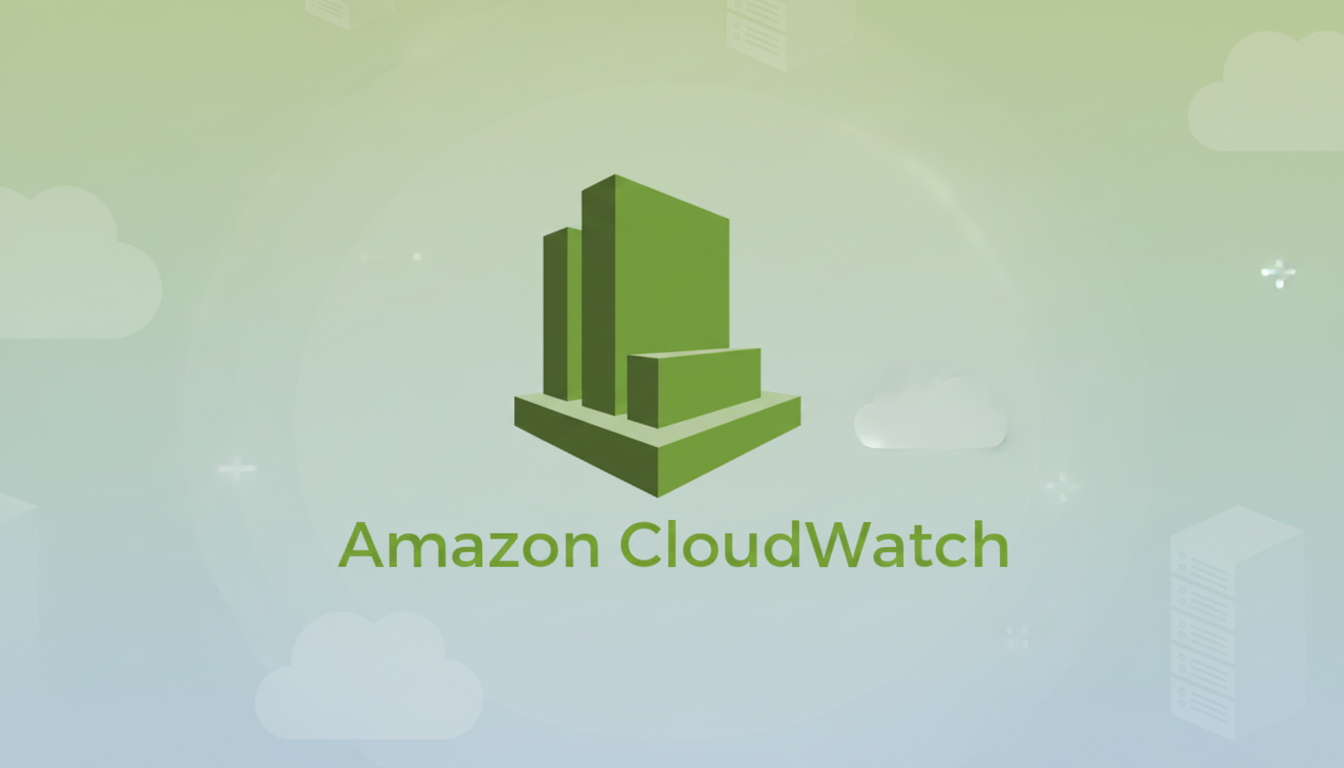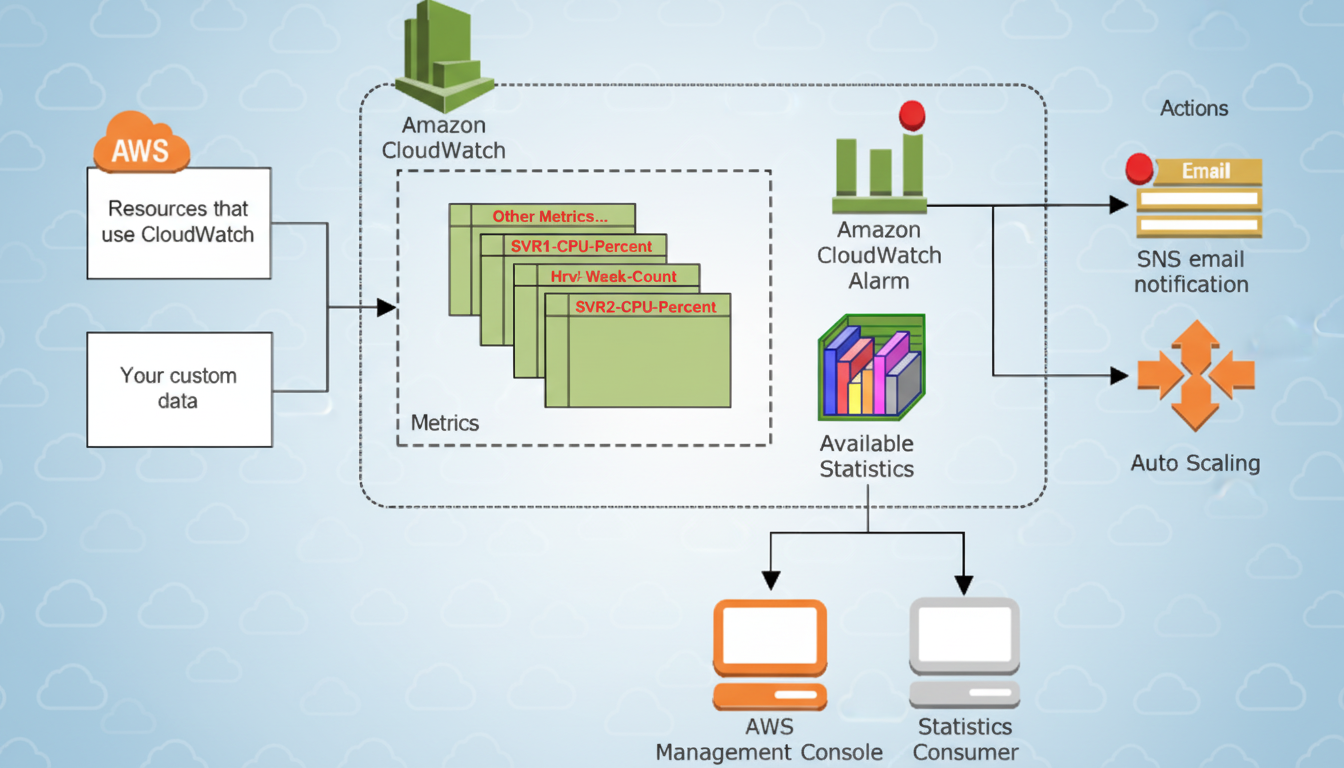Amazon Web Services has opened up a brand-new incident reporting tool inside Amazon CloudWatch, with the aim of not only making it faster for customers to get post-incident analysis but also making reports consistent and easier to share among teams as they go through them. Integrated directly into CloudWatch Investigations, the feature collects the primary evidence that SRE and DevOps teams usually spend hours combing for following an outage.
According to AWS, the tool fetches operational telemetry, service configurations of interest, and analyzed findings for easy-to-review reports. The end product is a distribution-ready artifact to aid post-incident review, compliance audits, and executive briefings—no manual cut-and-paste required.

What the AWS incident reporting tool actually does
The incident report generator sits alongside CloudWatch’s metrics, logs, and traces as a document that captures what actually happened, what changed when the problem started, and how the various teams responded during an event.
In practice, this means collecting signals such as:
- CloudWatch metrics and logs
- Configuration snapshots from services like AWS Config
- Narrative notes written during a CloudWatch investigation
You can kick off the report from an existing investigation, saving the event timeline and decisions along the way. Now, instead of poring over dashboards, chat transcripts, and tickets to reconstruct the story, the tool does all that heavy lifting of assembling the chronology and evidence automatically so people’s jobs are less toil-prone and less prone to human error.
The output is intended to facilitate post-incident reviews oriented around SRE best practices. That includes, but is not limited to:
- Clear problem statements
- Impact summaries
- Causation details
- Follow-up actions
These are typical best practices associated with SRE handbooks or incident handling guidance aligned with NIST.
Why it matters for reliability and SRE teams
Lessons learned post-incident are where resilience improves. A majority (about 60%) result in a material financial impact, according to Uptime Institute’s latest outage analyses, with a significant share of outages costing over $1 million. Gartner, for example, has calculated the cost of average outages in the thousands or tens of thousands per minute, depending on industry and size.
But many organizations continue to take days coming up with them. And the ability to automate evidence collection shortens the path from “all clear” to a published review, making it easier for teams to ship corrective actions sooner and reducing mean time to resolution in future incidents. It also provides a repeatable log for audit purposes (e.g., under SOC 2 and ISO 27001), where documentation of incident response and lessons learned is crucial.
Most importantly, a consistent report format has the potential to encourage blame-free, fact-based reviews. When everyone’s working from the same source of truth—metrics, configs, and a time-stamped timeline—conversations are about systemic fixes, not recollection.

Where the AWS incident report feature is available
AWS says the feature is available in a number of regions, including:
- US East (N. Virginia)
- US East (Ohio)
- US West (Oregon)
- Asia Pacific (Hong Kong)
- Asia Pacific (Mumbai)
- Asia Pacific (Singapore)
- Asia Pacific (Tokyo)
- Europe (Frankfurt)
- Europe (Ireland)
- Europe (Spain)
- Europe (Stockholm)
This availability is especially important for customers who have production workloads localized to the most active regions.
How it fits into the broader AWS operations stack
The new feature extends existing AWS operations tooling. CloudWatch is still where you turn first for metrics, logs, and traces; AWS Config tracks resources and their states over time; AWS CloudTrail records the API calls a user made against the service; while AWS Systems Manager Incident Manager is where on-call response gets coordinated. The report generator brings these ingredients together at the end of the incident lifecycle, which is usually where organizations have their greatest problems with documentation and knowledge capture.
For teams steeped in runbooks, automation, and dashboards already, the integration offers a way to package both quantitative data and qualitative analysis into a document that can be shared with engineering, leadership, and clients.
Early use cases for the tool and what to watch next
Suppose it were a retail website and we want to analyze why the checkout service could fail under load during a surge in traffic. It’s capable of bucketing CPU and latency spikes in CloudWatch, structuring around configuration changes (such as around Auto Scaling or service rollouts), and incorporating notes written by responders from the investigation about when and why the failure occurred. The same is true for regulated fintechs that require a formal record post-incident for auditors within strict reporting windows.
Issues that enterprises will be tracking include:
- Cross-account and multi-region report coverage
- Hybrid telemetry source support
- Extensibility for custom fields or templates
However, the direction of travel is apparent: AWS wants to own a larger portion of your incident lifecycle—not just detection and response, but the learning and compliance work thereafter.
For leaders in cloud operations, the appeal is twofold. Less manual evidence wrangling and faster postmortems, along with institutional knowledge that doesn’t evaporate between incidents, can mean more resilient services—and fewer repeat pages.

